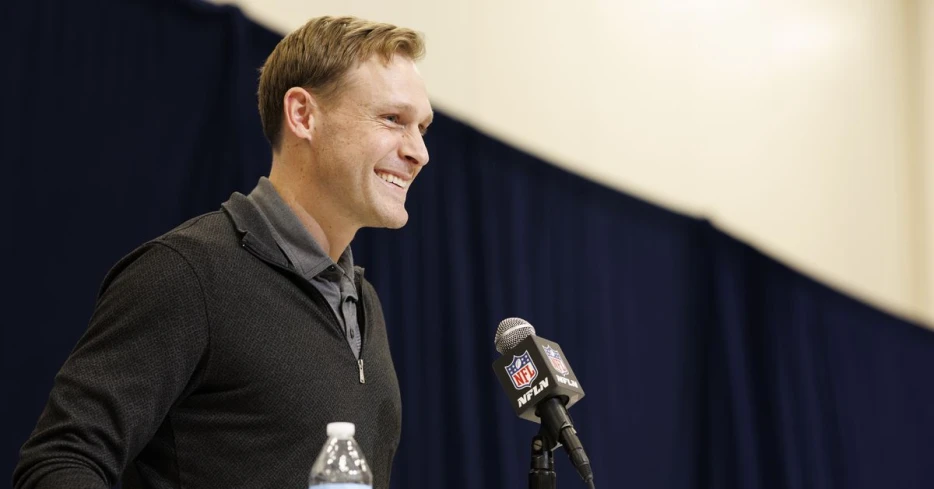
 Windy City Gridiron
Windy City Gridiron
For the second offseason in a row, the Chicago Bears have brought in a new offensive coaching staff, and head coach and offensive playcaller Ben Johnson will be tasked with turning this talent into a cohesive and effective unit. Since Johnson spent three years as the play caller in Detroit, today I’ll dig into his data to see what we can learn that might translate to Chicago. I will focus primarily on his play-calling tendencies and less on the effectiveness of the offense, as effectiveness will depend significantly on personnel, which will be entirely different in Chicago.
In Part One of this two-part series, I explored Johnson’s playcalling trends by down and distance. Today, in part two, I want to explore how Johnson utilized different personnel groupings.
This data comes from Sumer Sports, and it looks solely at the listed position of players on the field and not where they are lined up. These groupings are commonly listed by two numbers, where the first is the number of running backs and the second is the number of tight ends. Since teams play five skill position players at a time, the number of wide receivers is then implied. The two most common groupings are 11 personnel (1 RB, 1 TE, 3 WR) and 12 (1 RB, 2 TE, 2 WR).
The table below shows how frequently the Lions and Bears used and passed out of each grouping on 1st-2nd down in 2024, along with their ranks compared to the rest of the NFL.
A few thoughts:
* In 2022, the Lions traded starting TE TJ Hockenson midway through the season, and barely had 1 TE worth playing. Consequently, they ran 2 TE sets at well below league-average rates.
* In 2023, the Lions added a capable starting TE in Sam LaPorta, and early 12 personnel rose to around league average....